The BBC’s Blue Planet II documentary series, which first broadcast in 2017, did a great deal to highlight the devastating effect plastic waste is having on the oceans and marine wildlife.
The series showed shocking images of plastic-filled seas, which are becoming increasingly toxic and dangerous environments for whales, fish and other wildlife.
It’s clear that something needs to be done, but why is all of that plastic in the ocean in the first place?
Who is to blame?
Does this plastic waste have anything to do with the plastic you use in your everyday life?
Many people assume that particular countries or companies must be dumping plastic waste directly into the ocean, but the reality is more complicated.
Whenever we use plastic products, there’s a possibility they may end up in the ocean, even if we try our best to dispose of them properly.
Table of Contents
How Does Plastic End Up in the Ocean?
Most plastic in the ocean got there by first entering rivers, and then being carried into the sea.
Since plastic items are usually small and light, it’s easy for them to be blown into rivers.
It’s estimated that around 80% of plastic waste in the ocean originated as waste on the land, rather than being dumped directly into the sea or lost from ships.
There are lots of different ways that plastic waste can enter the seas:
- Transporting waste – Plastic items can be blown away during the disposal or recycling process.
- Litter – Litter ends up in rivers and drains, which flow into the sea.
- Illegal dumping – Illegally dumped waste will be picked up by the wind and can enter the oceans, even if it’s disposed of inland.
- Drains – Plastic products are sometimes flushed down the toilet (wet wipes, condoms, tampons etc.). Washing synthetic clothes also releases plastic microfibres, which enter drains and then the sea.
- Fishing – Fishing equipment is thought to be one of the biggest sources of plastic in the oceans.
- Beach tourism – Rubbish and small plastic items blow away from beaches and tourist resorts into the ocean.
- Cigarette butts – Cigarette butts contain plastic, and are often blown into rivers and the sea.
- Factory waste: Plastic resin pellets, also known as nurdles or mermaid’s tears, are tiny plastic particles which are melted down and used to make plastic objects. During the manufacturing process, they can be released into the air and blown into rivers and oceans.
About 20% of plastic in the ocean is thought to come from boats and illegal dumping, whereas 80% is thought to come from land (source).
Normally plastic enters rivers first, and then flows into the sea.
The largest rivers in Asia make a particularly large contribution. This 2017 study estimated that around 90% of plastic flowing into the oceans from rivers entered the oceans from just 10 rivers.
This data has inaccurately been reported as meaning that 90% of plastic waste in the ocean comes from just these rivers, but the study only looked at plastic entering the ocean from rivers, not total plastic waste.
The ten rivers contributing 90% of plastic flowing into the oceans from rivers are:
- Yangtze – China
- Indus – China, India, Pakistan
- Yellow River – China
- Hai River – China
- Nile – Egypt, Sudan, South Sudan, Ethiopia, Uganda, Congo, Kenya, Tanzania, Rwanda, Burundi, Eritrea
- Ganges – India, Bangladesh
- Pearl River – China
- Amur River – Russia, China
- Niger River – Guinea, Mali, Niger, Benin, Nigeria
- Mekong – China, Myanmar, Laos, Thailand, Cambodia, Vietnam
These rivers all pass through heavily populated areas. In many of these areas, waste management and recycling facilities are inadequate.
Asia contributes for around 80% of plastic leakage from land into the ocean (source), but this doesn’t mean that other parts of the world don’t play a part too.
Plastic Ocean Stats
See the infographic below for some shocking stats on plastic pollution in the oceans. For some more stats, see this article: Plastic in the Ocean Facts.
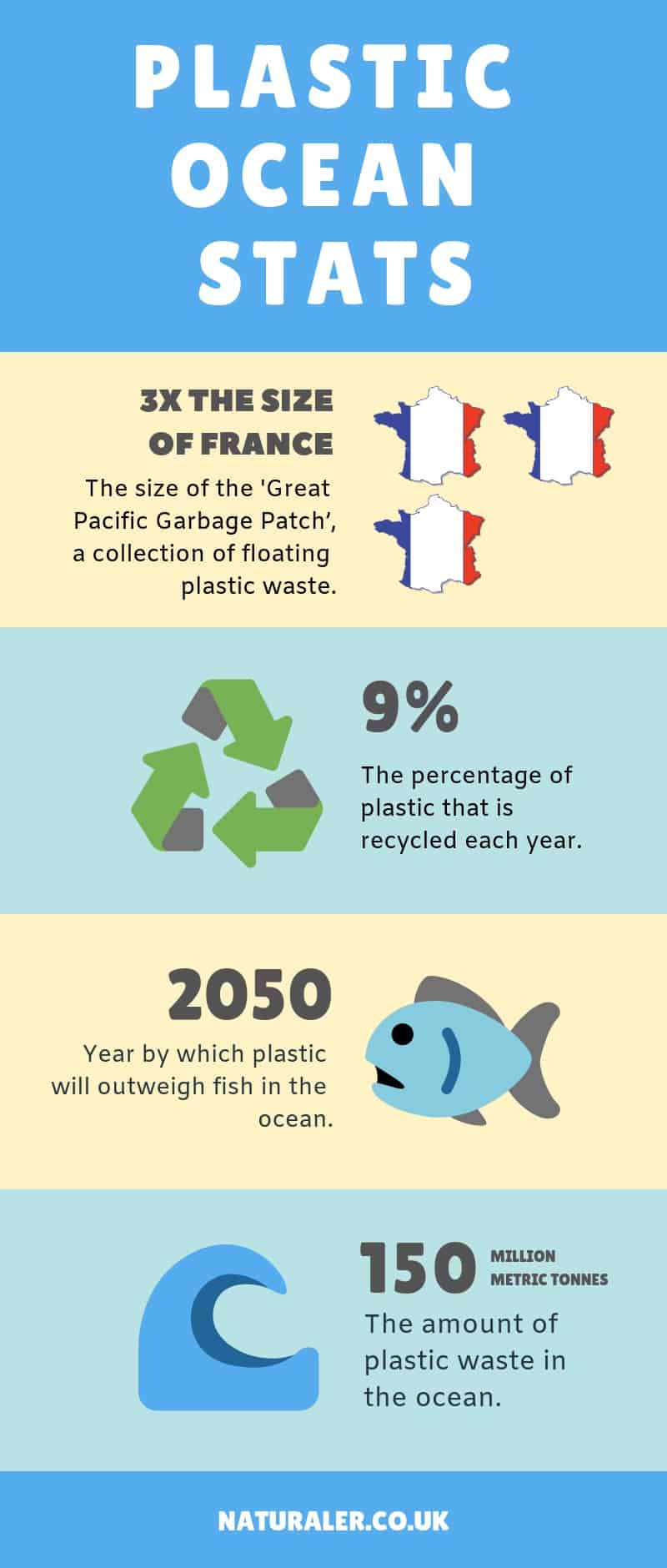
How Much Plastic Is in the Ocean in 2019?
A 2015 report published by the McKinsey Center for Business and Environment estimated that the oceans could contain “upward of 150 million metric tons of plastic, based on global plastic production since 1950”.
Using this data along with estimates of how much plastic is entering the ocean each year, it’s likely that there are over 180 million metric tonnes of plastic in the ocean in 2019.
A 2015 study in Science journal estimated that 4.8 to 12.7 million metric tonnes of plastic entered the ocean in 2010. It’s safe to assume the amount entering the ocean in 2019 is at least as high.
The estimate in this study gave a very large range: 4.8 to 12.7 million tonnes. This reveals how difficult it is to give a very precise figure for the amount of plastic waste entering the seas.
When Will Plastic Outweigh Fish in the Ocean?
According to the World Economic Forum’s The New Plastics Economy report, published in 2016, the plastic in the ocean will outweigh fish by 2050.
This means that the total weight of all the plastic in the seas would be higher than that of the total weight of fish.
Where Does Plastic Go in the Ocean?
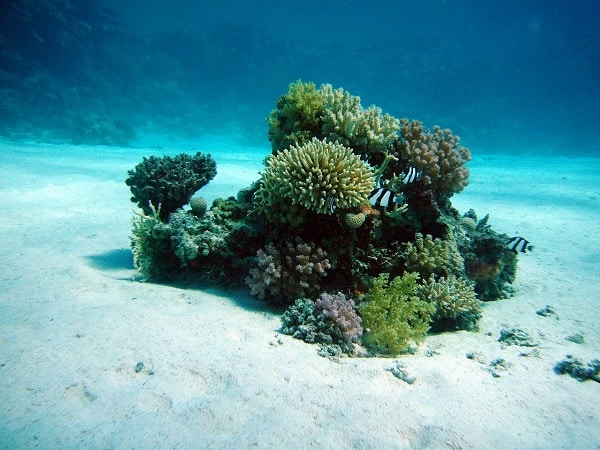
Once plastic enters the ocean, most of it sinks to bottom. According to one Norwegian study, around 90% of plastic that enters the ocean ends up on the ocean floor.
This is worrying as it would be incredibly difficult to remove this plastic from the ocean floor.
Some plastic also collects in large clumps which get caught in gyres (circulating ocean currents).
The biggest in the world is the ‘Great Pacific Garbage Patch’, which lies about halfway between California and Hawaii and is estimated to be about 1.6 million square kilometres (roughly three times the size of France).
This collection of plastic waste isn’t a continuous island of waste, and isn’t visible from space.
How Does Plastic Effect Marine Life?
Studies show that higher and higher percentages of marine wildlife and birds are ingesting plastics.
This can prove deadly. This study found that sea turtles had a 50% chance of dying once they’d ingested 14 pieces of plastic.
It’s not just eating plastic that kills marine life. Marine animals and fish can also get entangled in bits of plastic.
Plastic doesn’t biodegrade. It breaks down into microplastics, which are eaten by marine life and then enter the food chain.
These microplastics also pollute the water and release toxins.

Regulation to Reduce Plastic Waste
Governments across the world are starting to pass regulation to tackle plastic waste:
- Plastic microbeads banned in the UK – The UK government banned manufacture of personal care products containing plastic microbeads in January 2018. A ban on the sale of such items followed in July 2018.
- Single-use plastics within government in Ireland – In January 2019, the Irish government banned the use of single-use plastic straws, cups and cutlery within government offices.
Proposed Regulation
A lot of regulation has been proposed but has yet to come into force. This includes:
- Plastic straws to be banned in the UK – The government has proposed banning the distribution and sale of plastic straws some time between October 2019 and October 2020 (source).
- EU single-use plastics directive – This directive, published by the EU in 2018, proposed banning single-use plastic cutlery and plates, straws, cotton buds, balloon sticks and drink-stirrers. These items will be banned by 2021 (source).
Non-Binding Agreements
Several non-binding agreements have also been signed:
- G7 Ocean Plastics Charter – In 2018, all of the G7 nations except for the USA and Japan agreed to the G7’s non-binding Ocean Plastics Charter. The charter lists a series of commitments that the five countries agree to follow with the goal of reducing plastic waste in the oceans, improving awareness of the issue and investing in plastic alternatives.
Alternatives to Plastic
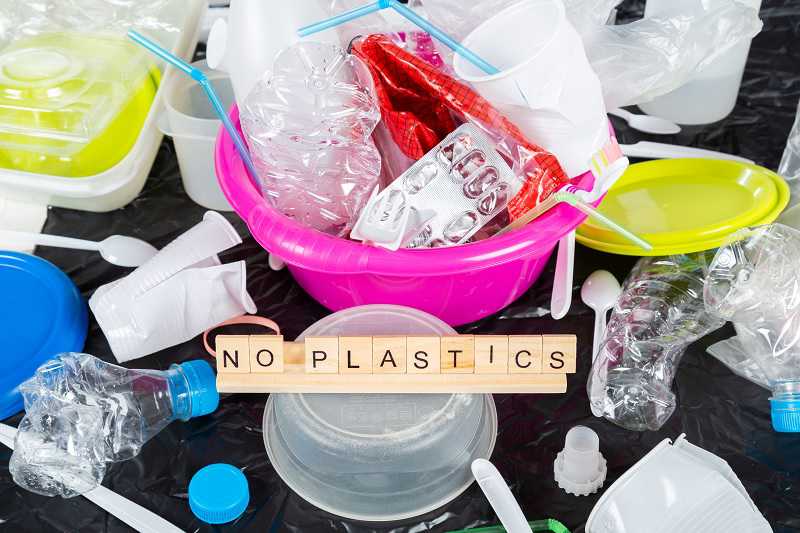
Plastic is very versatile and is relatively cheap and easy to produce. It can be formed into almost any shape, which explains why it’s found in almost everything.
If we want to reduce our reliance on plastic, we’ll need to find viable alternatives.
Some items such as plastic straws can be easily replaced with fun alternatives such as pasta straws.
For many other products, finding cheap plastic alternatives is more difficult.
Here are some of the main materials that can be used to replace plastic:
- Bioplastics – Bioplastics are plastics derived from renewable plant sources. Bioplastics aren’t always biodegradable, and they require large amounts of land and resources to grow the biomass materials needed to produce them.
- Cotton – Cotton can be used as a natural alternative to plastic in some situations. However, it’s not very eco-friendly to produce, especially the non-organic variety. In fact, cotton production is regarded as unsustainable by the World Wildlife Fund (WWF).
- Silicone – Silicone is quite versatile and has many of the same qualities as plastic. It isn’t completely natural, but food-grade silicone is non-toxic and doesn’t contain harmful chemicals such as BPA.
Silicone comes from sand, which is a limited resource but is easier to get hold of than oil, which is used to create plastic. Like plastic, silicone isn’t biodegradable. - Stainless steel – Lots of items such as cutlery, bottles and lunchboxes can be made from stainless steel rather than plastic. However, steel obviously isn’t very flexible, so it can only be used to replace a few plastic items.
- Glass – Like stainless steel, glass offers a relatively eco-friendly way to store things. However, glass is heavy and breaks easily.
As you can see, none of these alternatives are ideal. More research is needed into biodegradable and eco-friendly alternatives to plastic.
As it stands, plastic is just too useful to give up right now.
Is Recycling the Solution?
A study by the University of California, Santa Barbara, estimated that 8.3 billion metric tonnes of plastic were produced globally between 1950 and 2015.
This would be enough to cover the whole country of Argentina.
The rate of recycling since 2015 is estimated to be just 9% according this 2017 study.
This low rate of recycling is due in part to inadequate recycling programmes and facilities, but it’s also due to the difficulties of recycling plastic.
Plastic is often too dirty to recycle, and each type of plastic needs to be recycled separately.
Sorting plastic by type is inefficient and expensive. Recycling uses lots of time and energy and produces pollution.
One study cited in this article even concluded that recycling more than 10% of waste produced cost the environment and economy more than it helped.
Even when plastic is being recycled, it’s often stored in the open air where it can be blown away and eventually enter the oceans.
Recycling is part of the solution to the global plastics crisis, but it’s not the whole solution.
Can We Get the Plastic Out of the Ocean?
With the amount of plastic accumulating in the ocean growing every day the natural question to ask is, how can we get the plastic out of the ocean?
Getting all of the plastic out of the ocean will require new technology. The biggest effort to remove plastic from the oceans is currently the Ocean Cleanup organisation, which is developing technology with the aim of removing half the plastic from the Great Pacific Garbage patch in five years.
Most of the plastic in the oceans is on the ocean floor, which will obviously be very difficult to clean.
Beach cleans can play a part in cleaning the oceans, but only a tiny fraction of the total plastic waste gets washed up on beaches.
What Can You Do?
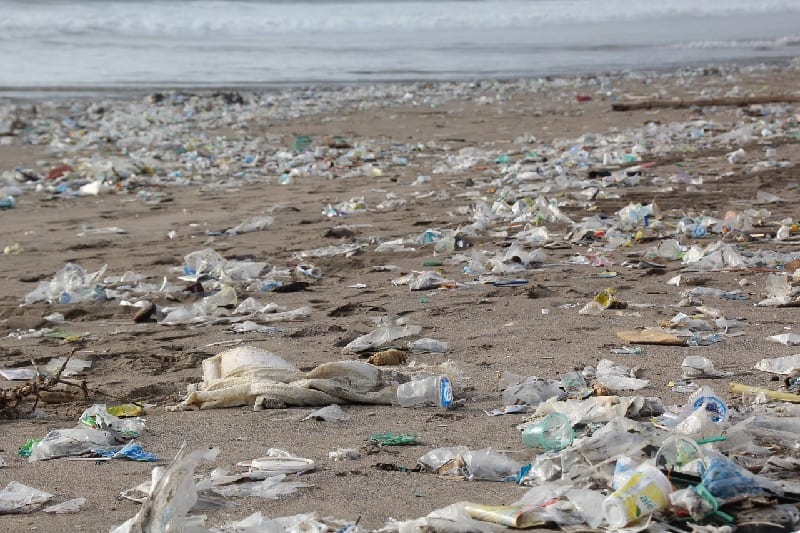
There are lots of things you as an individual can do to help save the world’s oceans from plastic waste. However, this global problem requires global solutions.
Here are just some things you can do:
- Choose zero-waste and plastic-free products – There are more and more plastic-free products coming on the market all the time. Read our guide to using less plastic for some tips on where to start.
- Choose natural fibres when buying clothing – Synthetic clothes release plastic microfibres when washed. Instead of buying clothes made from polyester, acrylic, polyamide and nylon, opt for natural materials such as cotton, wool, silk and denim. You can also reduce the amount of microfibres entering the oceans by using a Guppyfriend bag when washing clothes.
- Take part in local beach clean-up projects – There are lots of beach cleanup groups that meet regularly to clean plastic waste from local beaches. This is a very practical way to make a difference, and is also a great way to get out in the fresh air and meet new people.
To find a group near you, check out these links: - Support marine conservation charities – There are lots of excellent marine conservation charities that you can support with your time or money. Here are just a few:

Laurence is the founder and editor of Naturaler. He’s been working in the online world for over 5 years and is trying to live a more natural and eco-friendly lifestyle every day.

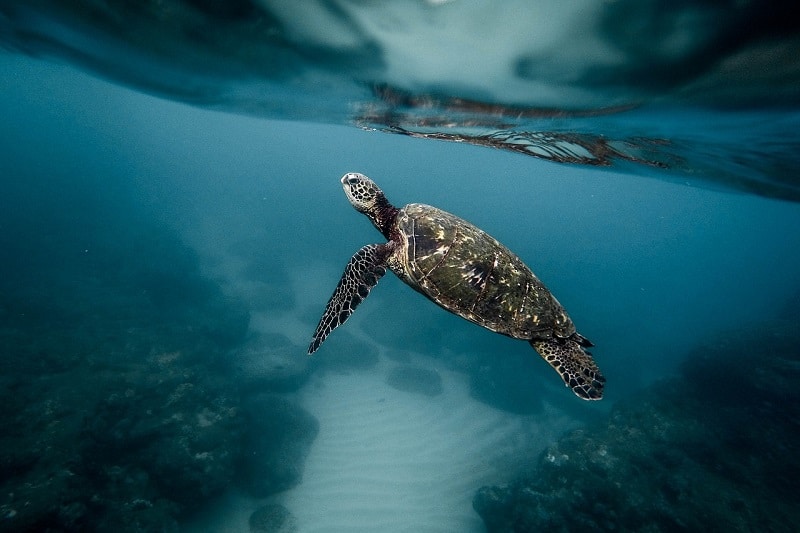
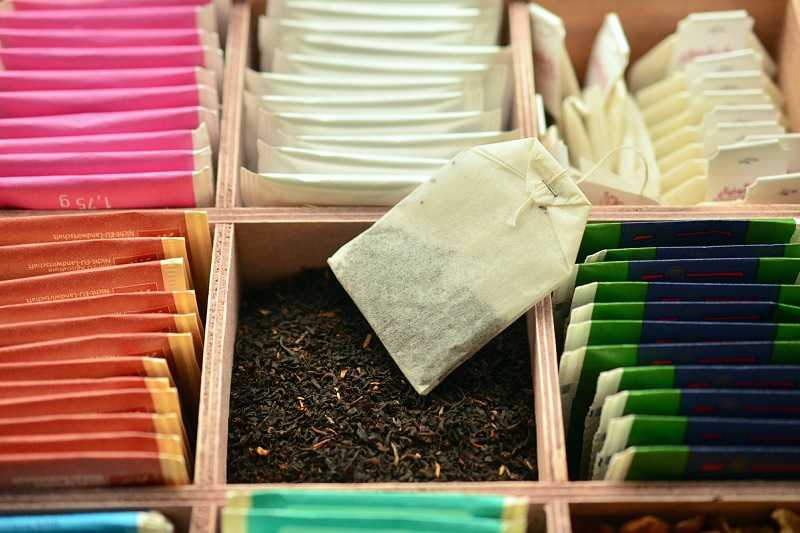
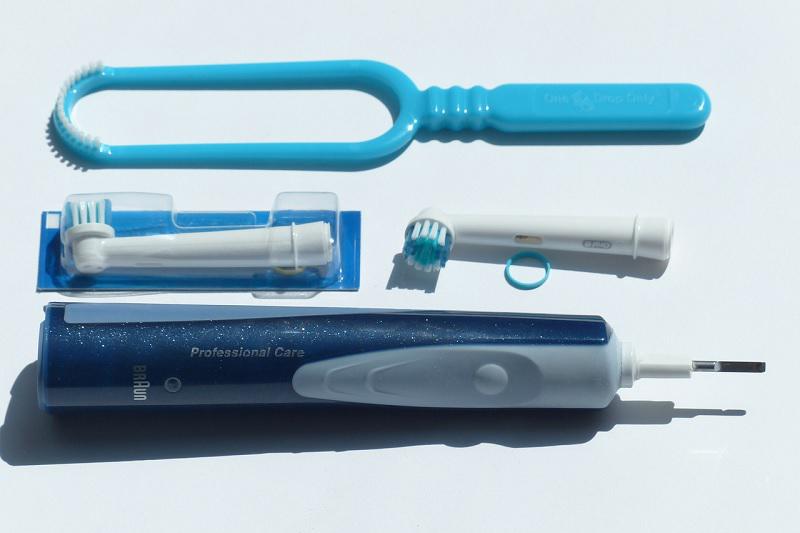
If China is responsible for most of the pollution then why doesn’t the world get tough on them and force them to clean up their act? Reducing our plastic waste will have little effect until everyone especially the main polluters are not brought to book. It is the failing of the world governments in not taking this problem seriously. Clothing from non natural materials needs to be banned and supermarket packaging needs to be reduced and made from biodegradable material.
Did you know that many ‘developed’ countries ship their plastic waste to places like China for them to dispose of it – so some of the waste they are putting in the sea actually comes from USA and UK. Well over half of the household plastic packaging the UK government claims is recycled, is actually sent abroad! This is equivalent to three and a half Olympic swimming pools every single day! A few years ago most of our plastic “recycling” went to China; at the moment, more than half is going to Turkey and Malaysia. Once it has left our shores there is no way of tracking the methods of supposed ‘recycling’ of our waste and our Government chooses to turn a blind eye to the issue